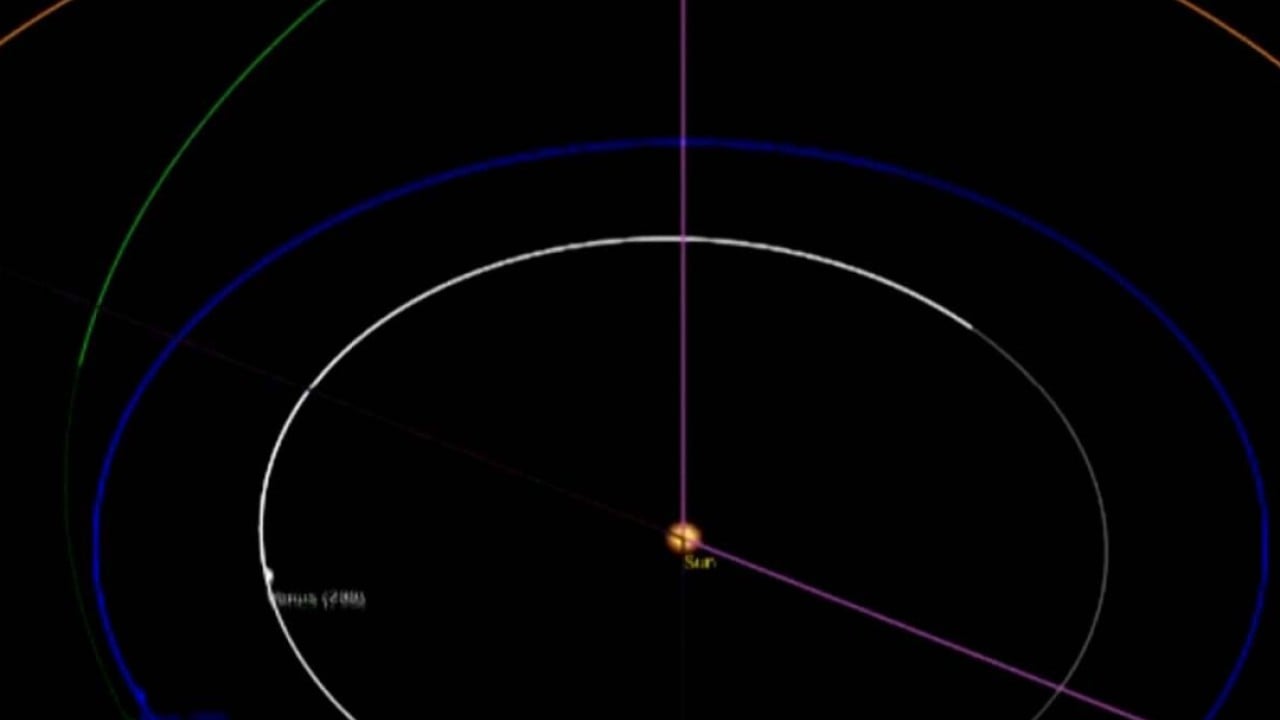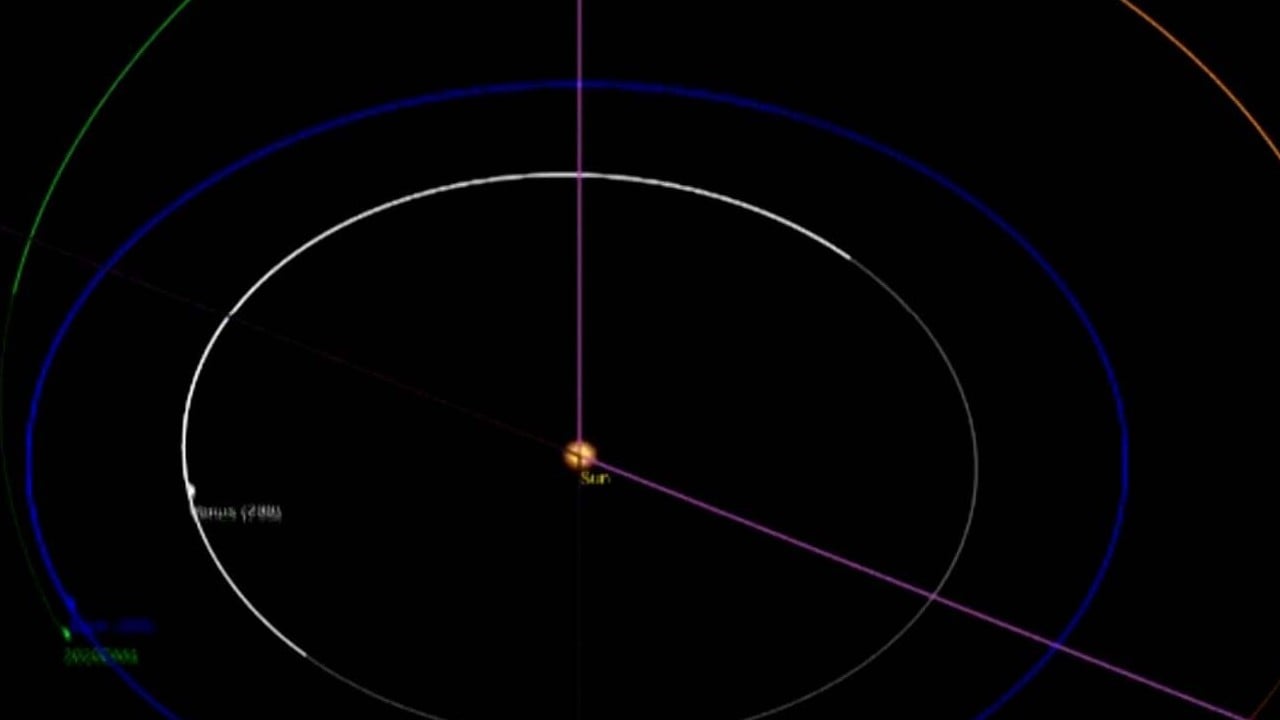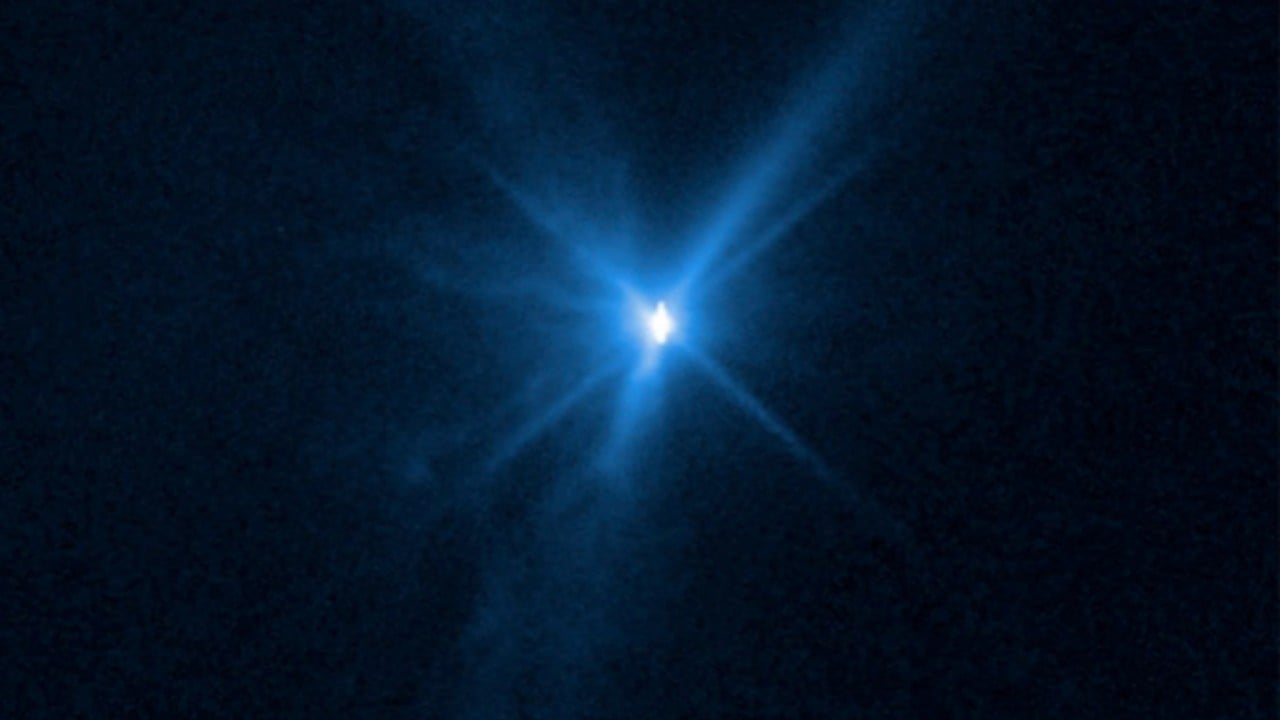
The project was led by Zuo Tao of the 38th research institute of China Electronics Technology Group Corporation (CETC), a major defence contractor in Hefei, Anhui province. The team revealed part of the radar design in a paper published in the Chinese peer-reviewed journal Cryogenics & Superconductivity on January 16.
Traditional radar works by picking up microwaves that come back after hitting a target. As the target gets further away, more powerful microwaves are needed.
“Technically, this can be achieved by increasing the size of the antenna and using ultra high-powered radar transmitters,” Zuo and his colleagues wrote in the paper.
But building and operating a huge radar facility can be expensive.
“The GSSR radar [the Goldstone Solar System Radar for asteroid detection] in the US, for instance, has an antenna 70 metres [230 feet] wide, with the power of continuous emission exceeding 1 megawatt in the X band,” they added.
The quantum radar treats the signal as individual particles instead of waves.
With the help of some counterintuitive laws of quantum mechanics, scientists can obtain useful information from extremely weak microwaves that are usually regarded as useless by traditional radar, allowing the identification of smaller targets at a greater distance with less powerful microwave sources, according to Zuo’s team.
Scientists in China have built quantum radars for detecting stealth aircraft and other military applications. These systems usually use light.
They can generate and emit entangled particles of light that are physically bound to each other regardless of the distance between them. Entanglement, an abnormal phenomenon only found in quantum physics, can help scientists identify a returned signal against strong background noise.
But generating a large number of entangled light particles or photons and sending them over long distances in the form of lasers remains a challenge, according to Zuo’s team.
Another challenge is that most high-powered radar systems use microwaves, not laser light.
The new quantum radar under development is designed to fit into an existing radar station, according to the team.
It uses another strange theory in quantum physics to capture traditional microwaves in the precise form of particles. The microwave particles generated by humans are different from those occurring in nature, according to the relatively new theory.
A prototype cooling device built by the project team for the quantum space radar. Photos: Zuo Tao, 38th research institute of China Electronics Technology Group Corporation
The quantum radar can therefore separate these artificial particles from the noisy background to generate an image of a previously invisible target, according to Zuo’s team.
But microwave particles are weak.
“The energy of a single microwave quantum particle is extremely low, only one 10,000th of a photon’s energy,” they said in the paper.
Detecting them would only be possible at an extremely low temperature because environmental noises drown out useful signals if the temperature of the superconducting detector rises beyond 1 degree Celsius above absolute zero.
Most super cooling instruments that can create this extreme environment are made by a small number of companies in the US and Europe, according to Zuo’s team.
But recently Chinese research institutes and universities have built their own machines with equal or even superior performance, they added.
A team with the Institute of Physics in Beijing, for instance, built a cooler in 2021 that can maintain a temperature at just 0.01 degrees above absolute zero without using rare helium gas as a work medium for the heat pump, a breakthrough that could significantly reduce the cost of extreme cooling technology, according to the Chinese Academy of Sciences.
Zuo’s team said the quantum radar project had made important progress, such as completing a large-scale cooling device that achieved world-class performance during a test run.
But there remain major challenges.
The researchers want to reduce the temperature of as many components as possible, for instance.
But they said some parts, such as transmitting antennas, were inevitably exposed to the open world, and the connection between cold and hot segments would cause problems for engineers.
Then there are the mysteries of how materials behave in extreme cold.
These uncertainties could affect the performance of measurement instruments and increase the risk of false alerts, the researchers said.
The Chinese government launched an ambitious national programme last year to build a planetary defence system with an enormous network of powerful radars and part of the radar infrastructure to be built on the moon.
The surveillance system would monitor satellites or missiles launched by other countries, according to the official plan.
But, according to Chinese space authorities, the main purpose of the programme will be to protect the Earth from being struck by a doomsday asteroid.
US defence contractor Raytheon Technologies said in 2020 it was developing a space surveillance radar based on quantum entanglement.
The primary target of the US quantum radar will be man-made objects in the near-Earth orbit, such as nano satellites that can avoid detection by traditional radar stations because of their ultra-small size, according to the company.




